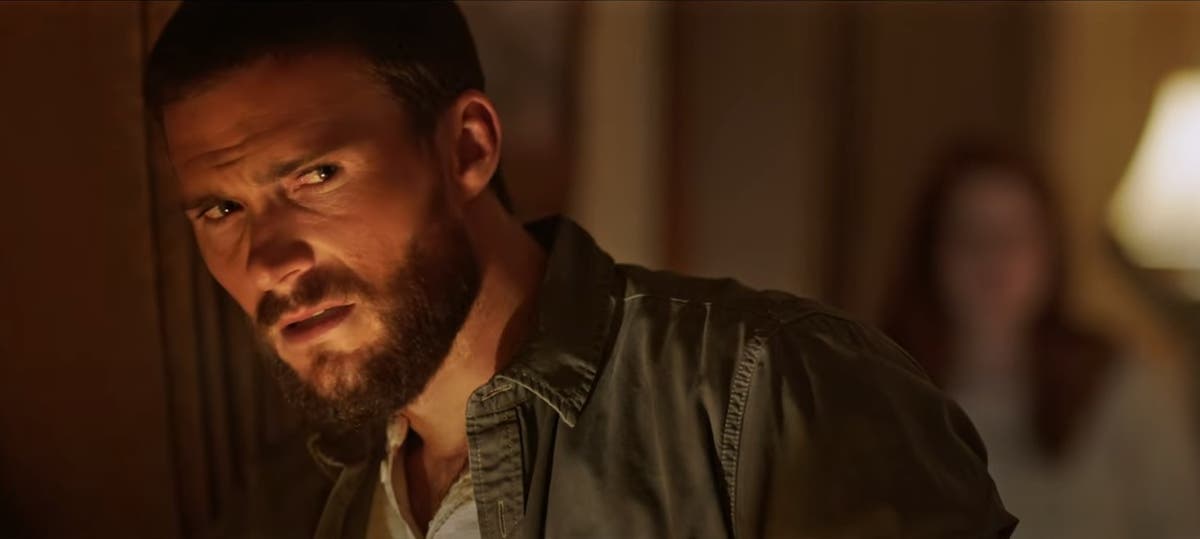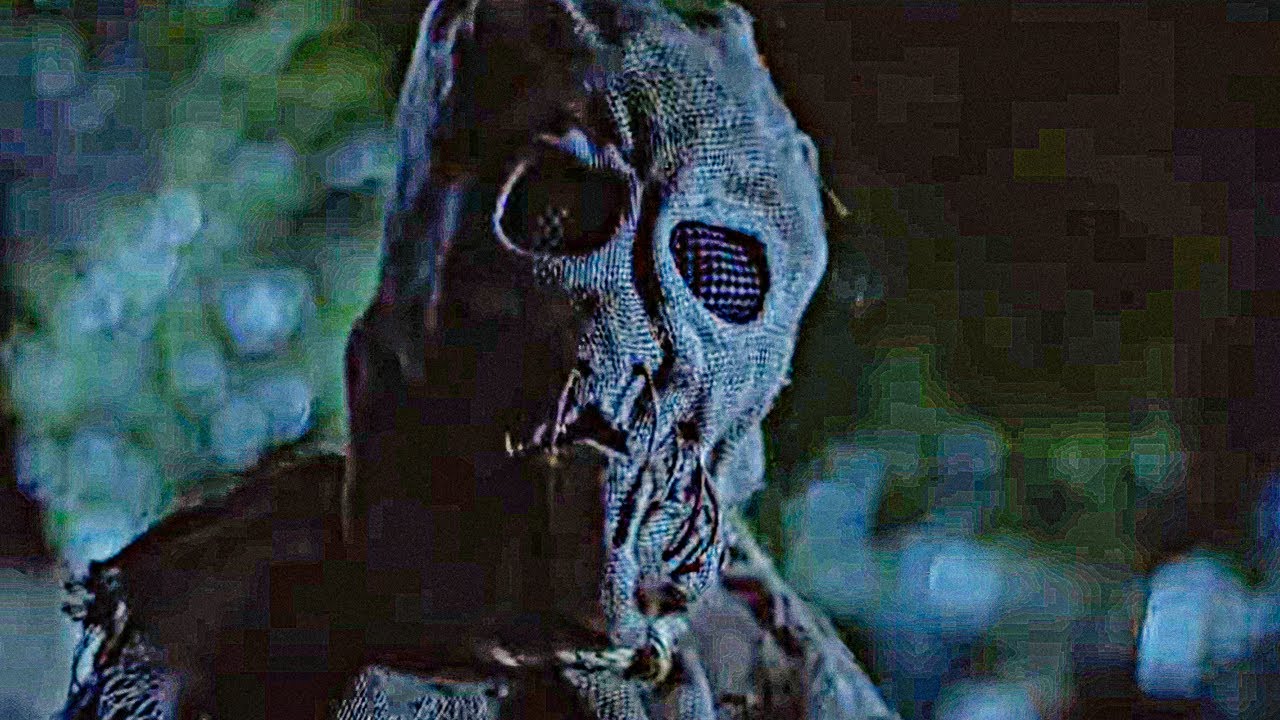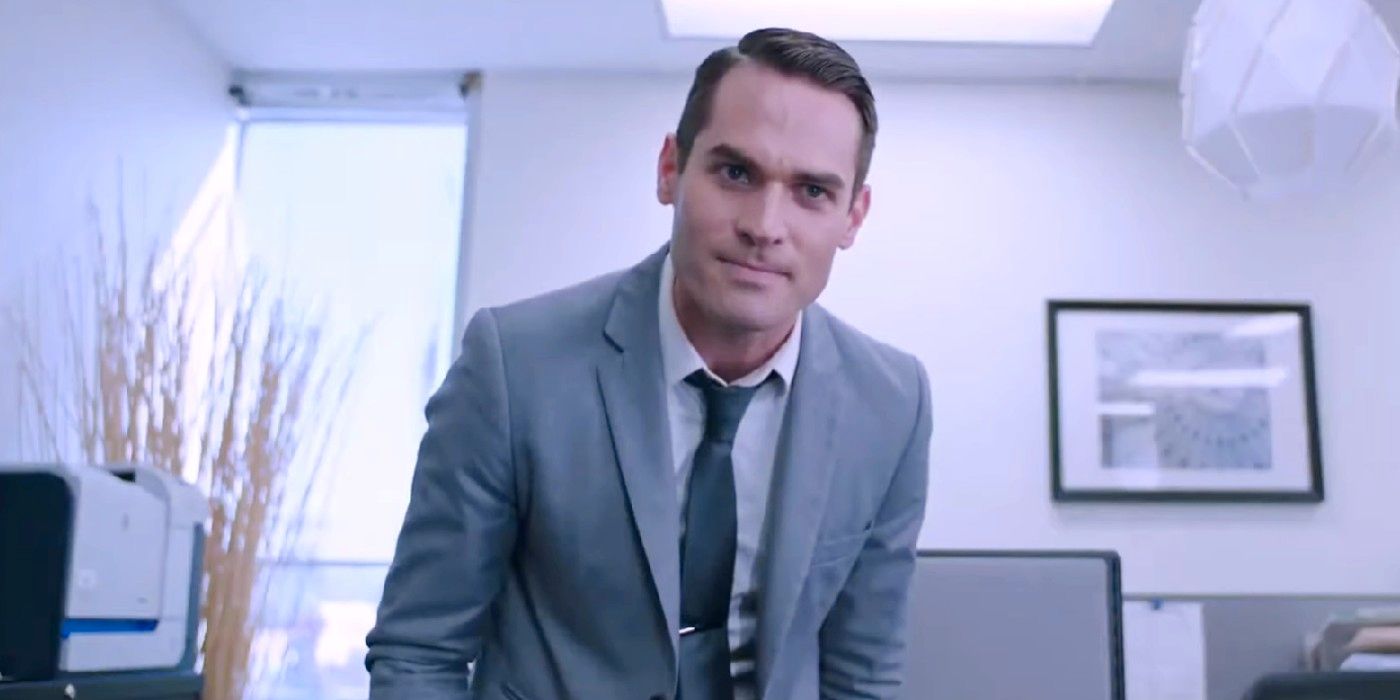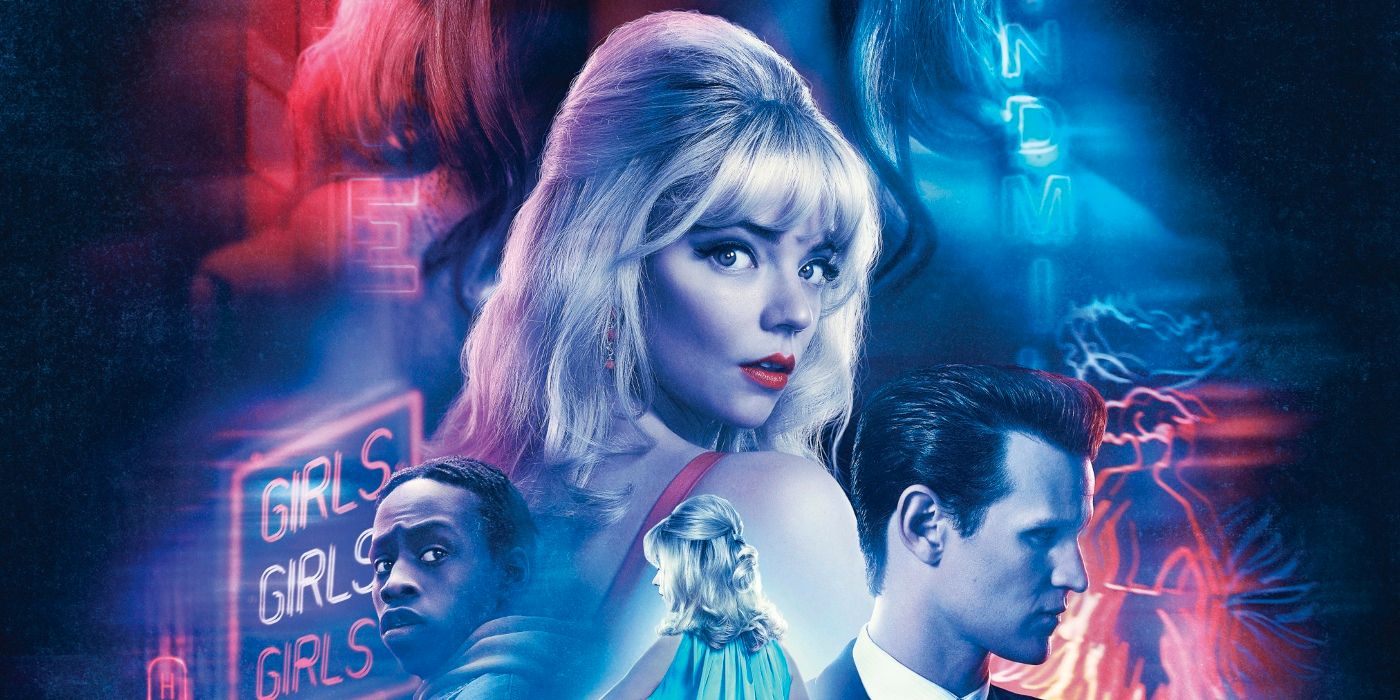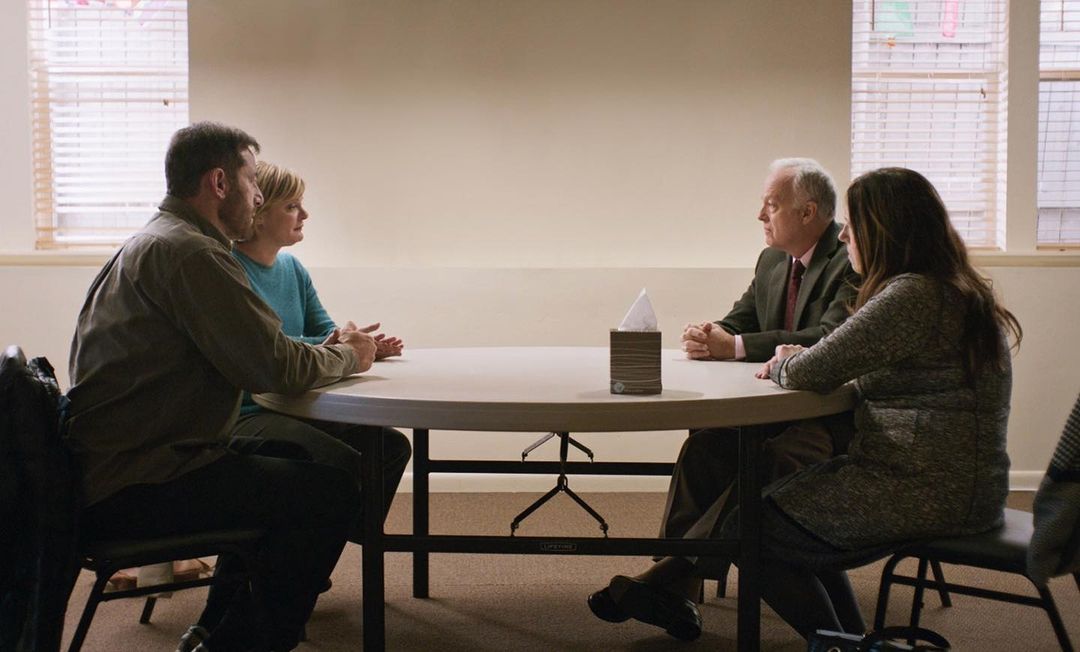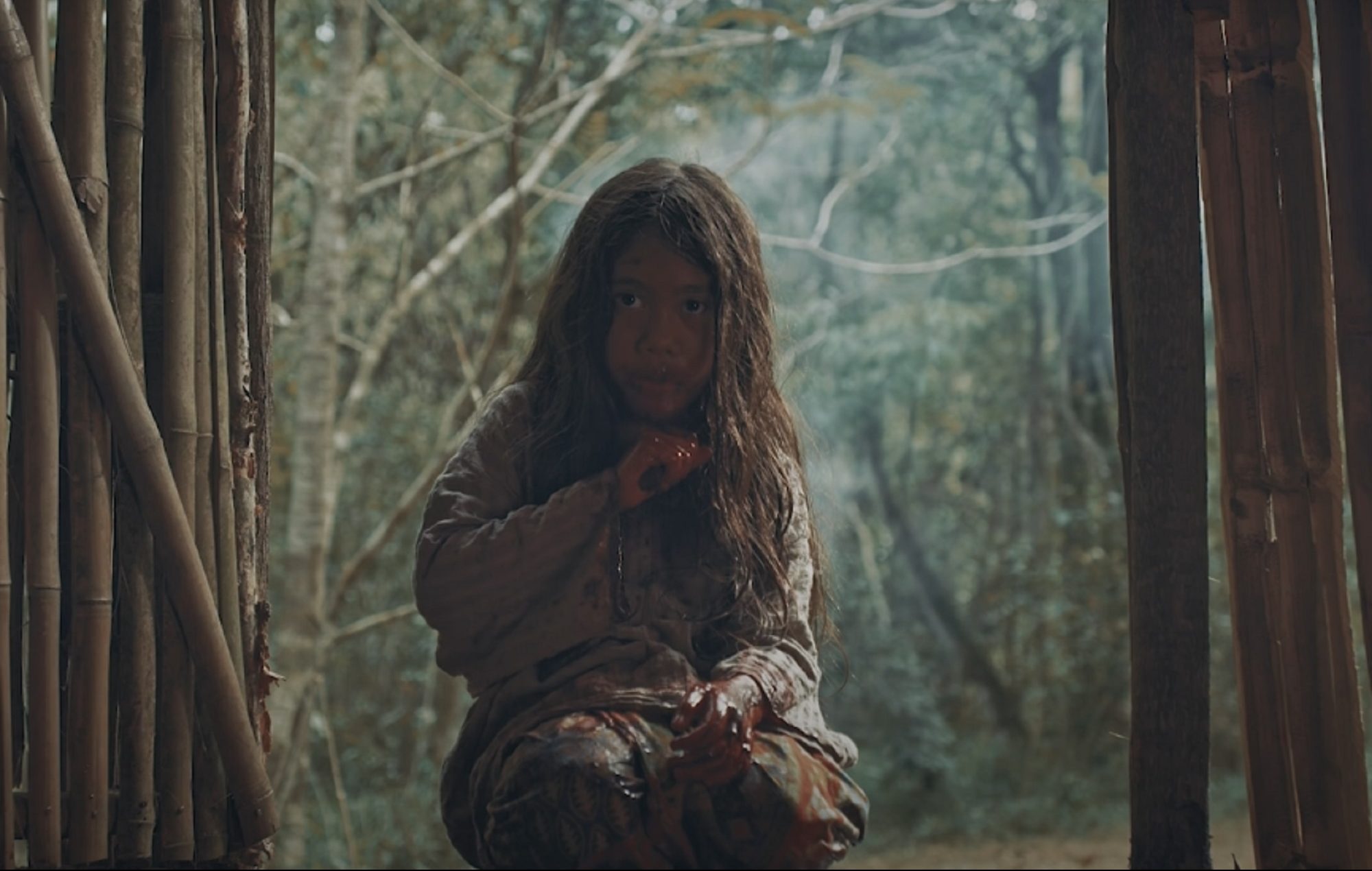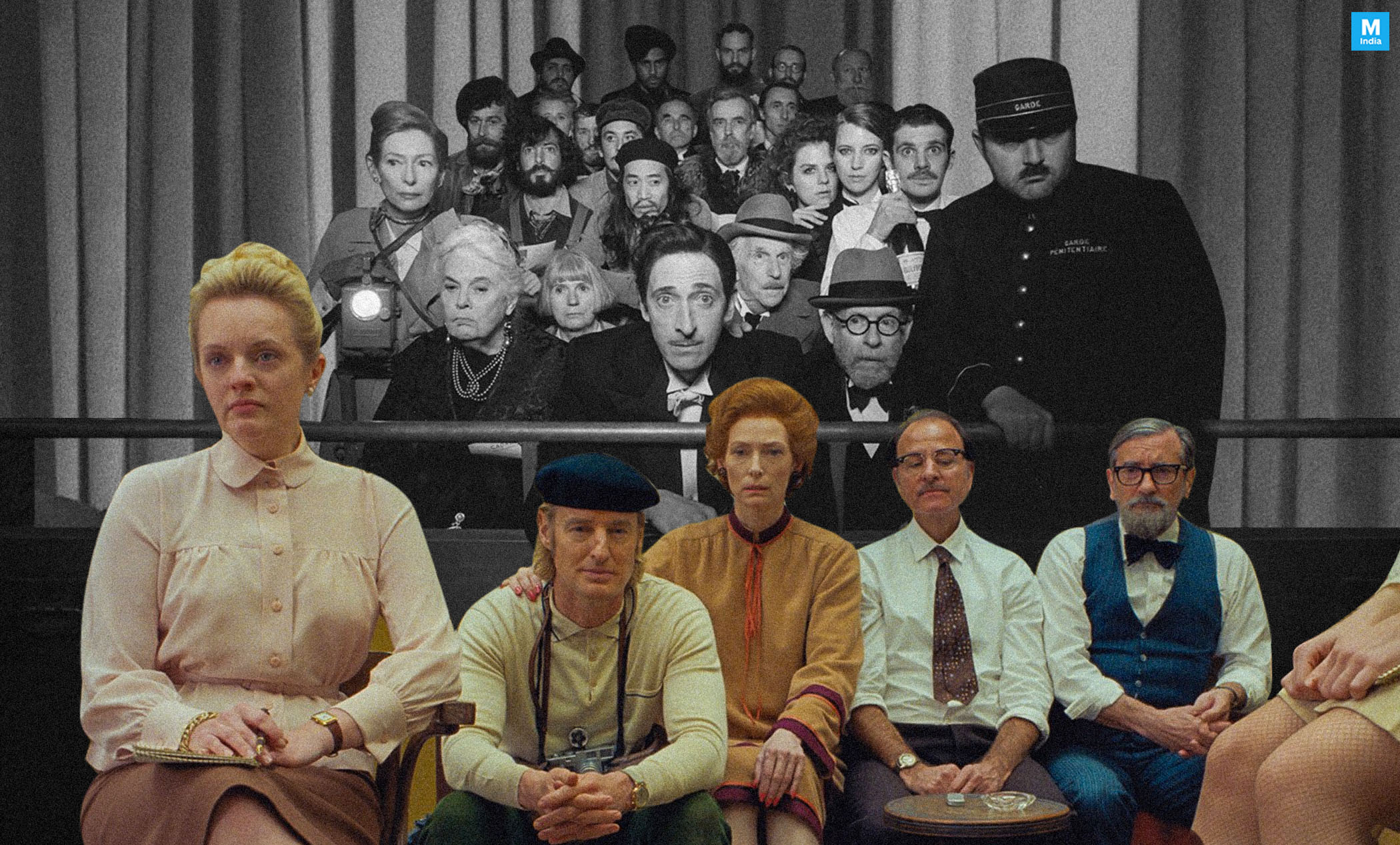Dangerous
by Hope Madden
I remember watching the inexplicably popular Bad Boys for Life and marveling at the film’s narrative purpose: to convince Marcus (Martin Lawrence) that being a violent man is better than being a man who does not commit violence against others.
Sure, there’s a mother/son angle, some explosions, a disco scene, but everything that happens does so to convince Marcus that his real purpose is to commit violence.
It’s different than the traditional “one man against the world” action flick, where a peaceful man is forced back into violence to avenge the death of his wife/child/puppy. Those have long existed. This idea that a man who chooses not to physically harm others needs to somehow be persuaded that he prefers a life of violence, that it is his nature and should be celebrated, is kind of new. This theme is also the driving force behind the admittedly enjoyable Nobody, among others.
The latest film that hates to see a man get his baser instincts under control is David Hackl’s Dangerous.
Scott Eastwood leads a solitary life. He works out. He eats frozen dinners. He waters his plants. Then his mind-numbing peace is disrupted when his brother Sean’s death brings him to the remote island where Sean had been renovating an old military base into a hotel.
Eastwood, who channels his father more and more these days, is now non-violent with the help of some personality-deadening drugs and call-me-whenever guidance from his therapist, played by Mel Gibson.
That’s funny.
Hackl’s clearly working on a shoestring here, and though the film sometimes shows a lack of funds, on the whole, it’s competently made. The humor Hackl, Gibson and Eastwood mine from Christopher Borrelli’s script delivers Dangerous’s saving grace.
Because, yes, D (Eastwood’s character) falls into ex-military, Black Op style gunplay once on the island, but first the recovering sociopath has to deal with his mom. Beyond that, the mystery is convoluted beyond measure, Tyrese Gibson and Famke Janssen are pointless, performances are forgettable.
In the end, the whole mess feels like the familiar fantasy of doing right by your mother just one time and then disappearing so you can’t screw it up. Which is a better story than the one about a sociopath who decides being a decent human is just not being true to himself.

